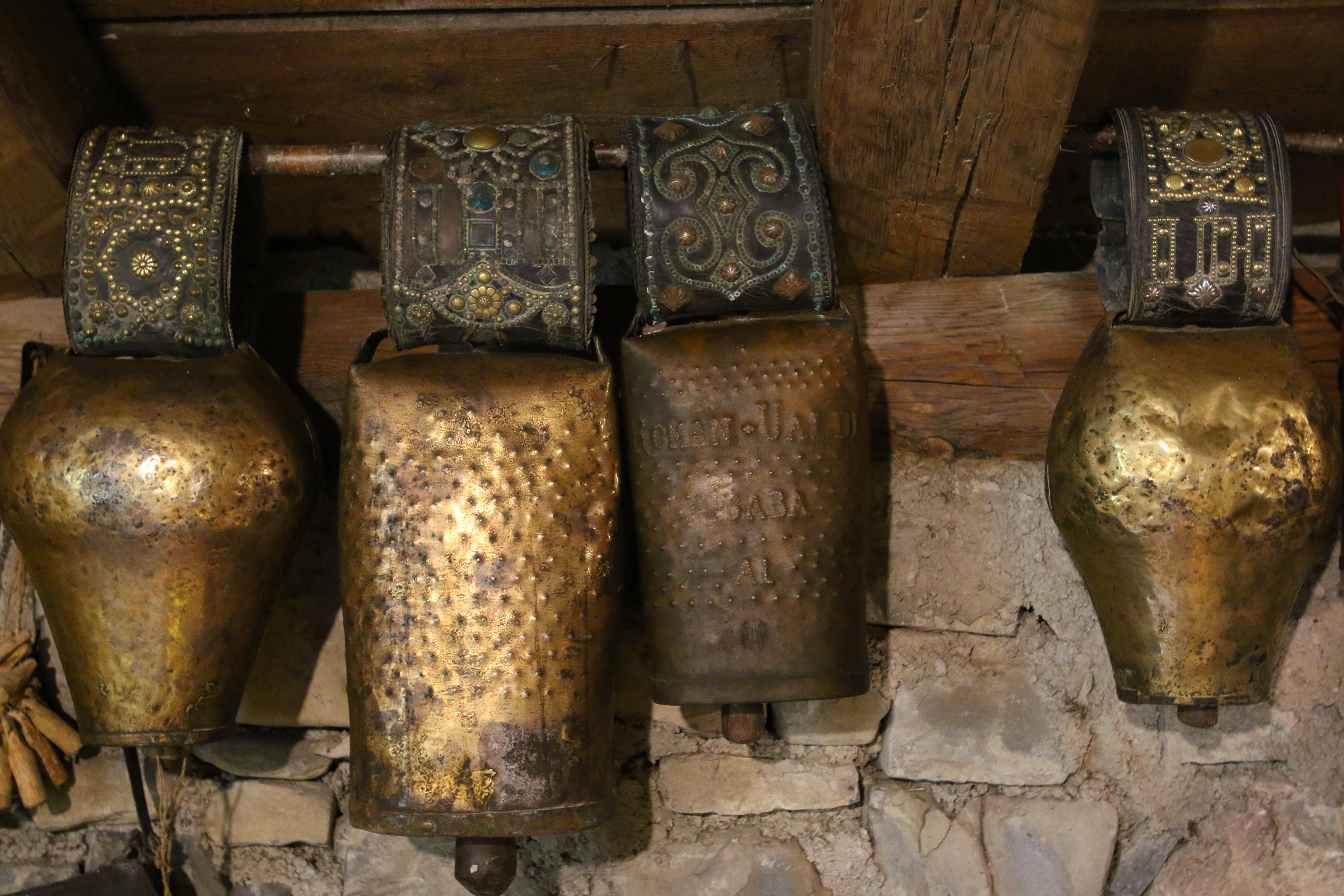Archives
Last week of May, first half of June… it all depends on the state of the pastures, and how spring goes; but in any case, it is time to leave the Bardenas Reales and head to the ancient Cañada Real de los Roncaleses (old drovers´ roads) with the flocks of sheep, searching for the high mountain pastures of the Roncal Valley. Just as it was done last year, five years ago, a hundred ago, and more than a thousand years ago. It is an ancient tradition and a well-earned right, based on bravery in combat, by the Roncalese, as they were shepherds in times of peace, and soldiers in times of war. That warrior spirit is what made them, in the year 882, the first congozantes (referring to the entities that enjoy the rights of use and usufruct of a facero territory [act between several communities for the use of pastures on land located next to the boundaries of their own territories. In some cases, some of the communities that use these pastures are not adjacent to the farm, or the uses are not only of pastures, but also of firewood and wood], it applies mainly to entities that enjoy these rights in Bardenas Reales, but is also used in other areas), also co-owners, of the Bardenas Reales by order of King Sancho García of Castile (also called Sancho of the Good Laws).

Hermitage of St Salvador in Ardanaz (Izagaondoa, Navarre), whose roof was restored a few decades ago using tiles manufactured in Aizpe. Fernando Hualde.
Certain trades from the past are disappearing; modern times sweep them away without mercy. And with them go the works, yards or factories where those activities used to be carried out. Whole villages might in fact be lost, and also the people who worked and lived there or knew about them.
This is exactly what happened with the roof tile factory of Aizpe, in Lower Urraúl (Navarre). The tile makers departed this life, the factory vanished in thin air, the village is nowhere to be seen, and him who as a child and teenager stored memories of that place passed away a few months ago… Gone is the last witness of it all. (more…)

Fernando Hualde.
This is a magic time of the year in mountains, mountaintops…, both from a natural and an ethnographic perspective. Departing from our usual focus on ethnography, let us look at a very specific item.
Thousands and thousands of sheep have already moved from lower, snow-free winter pastures to summer pastures in mountains, mountaintops and higher altitudes along the Navarrese Pyrenees and Urbasa and Aralar Mountain Ranges. Our mountains are filled with the sound of bells worn around the neck of free-roaming sheep, goats, kids, wethers, cattle, mares… The tinkling of livestock bells is in fact the most perfect musical accompaniment to the highland dweller or rambler. (more…)

Labayru Fundazioa Photographic Archive.
April and May are particularly favourable months of the year to ensure the protection of the flourishing cultivated fields and the benefits of moderate rainfall, a time marked by a set of customs associated to lopped festive trees or poplars being erected in squares and higher grounds (a practice which often extends to St John’s or patron saint festivities), the vegetable figuration of maypoles, or mayos, in human or puppet form, the curious designation or election of virginal May queens, called mayas, or the singular marriage between juvenile May kings and queens. (more…)




